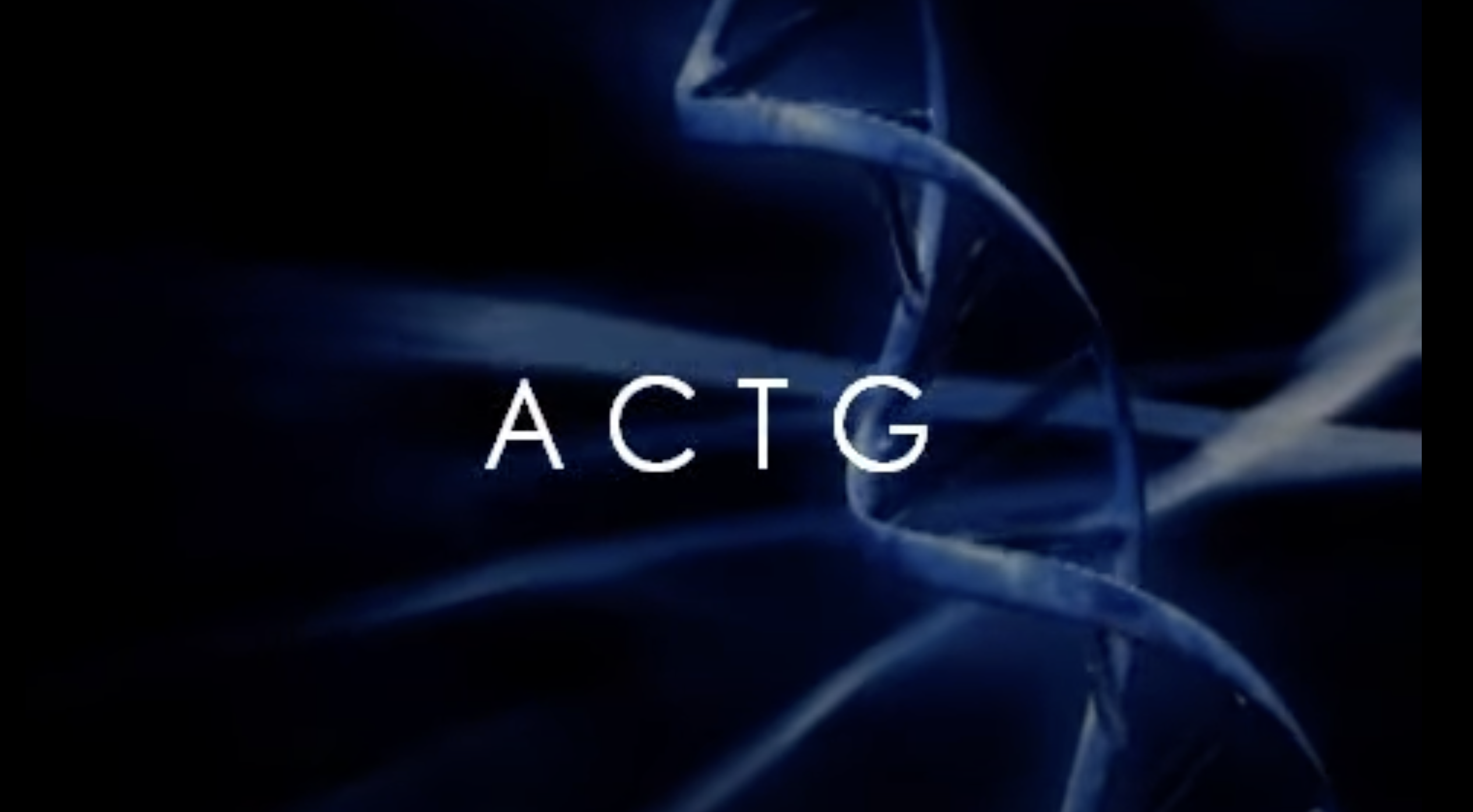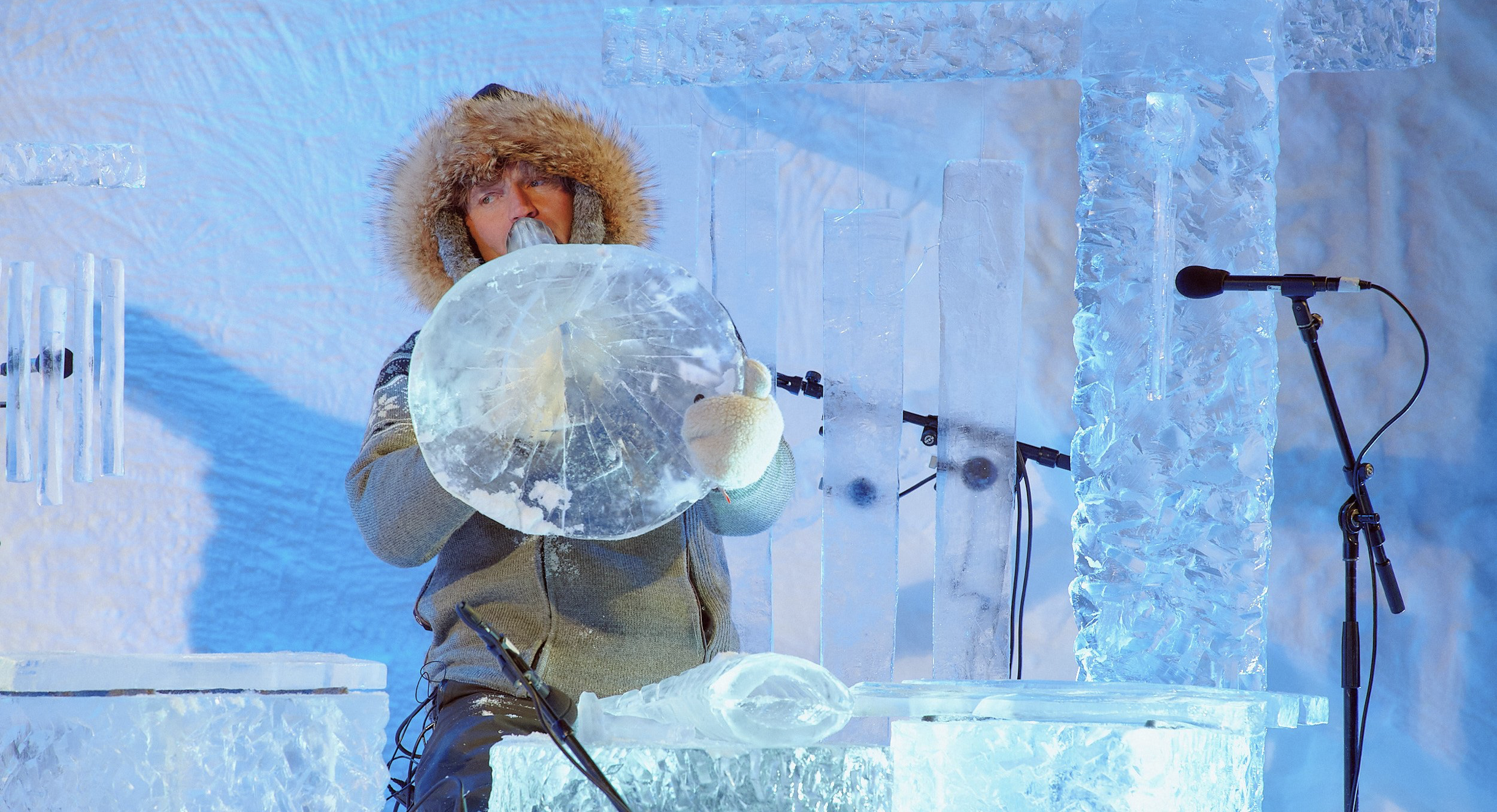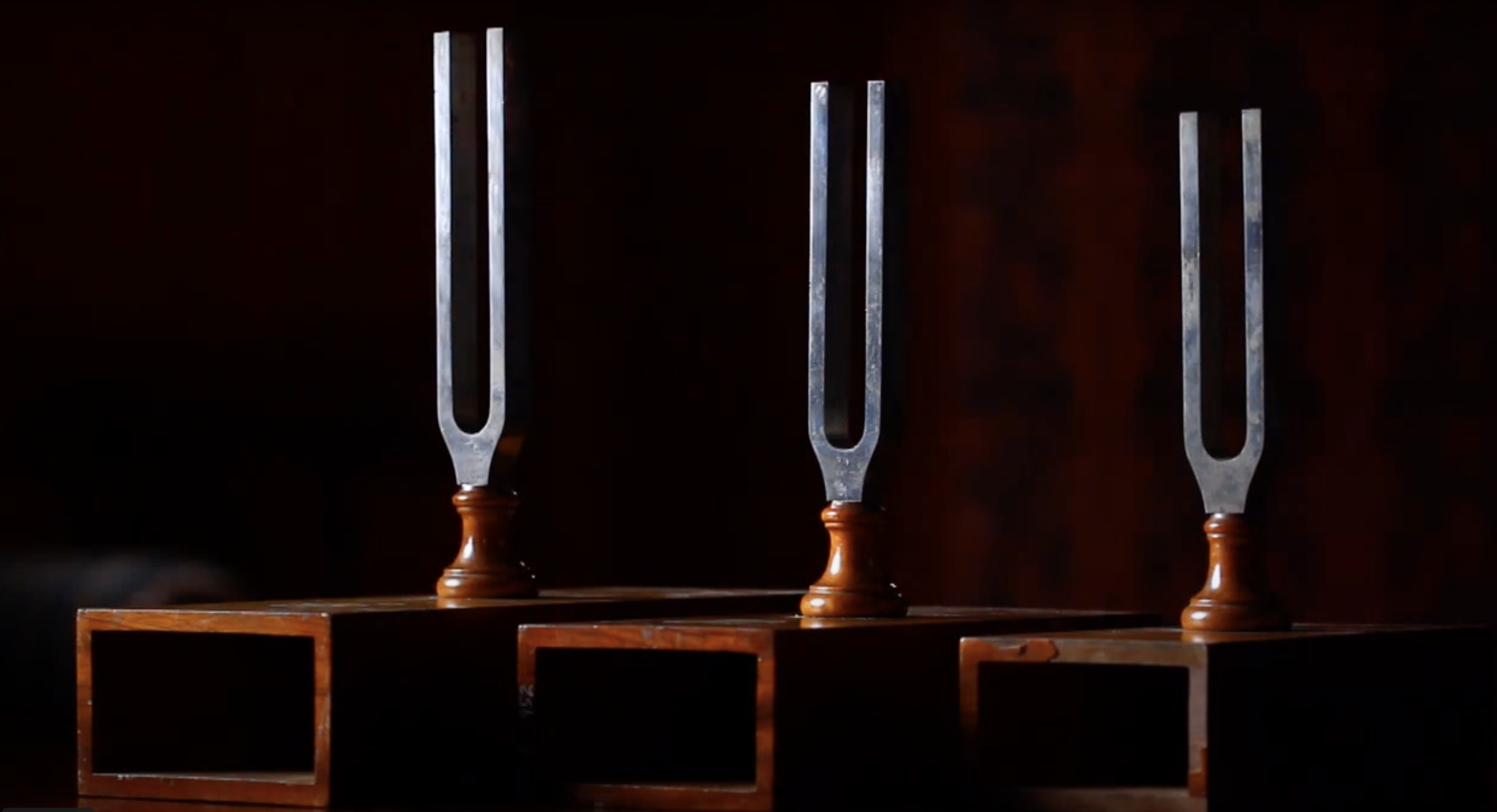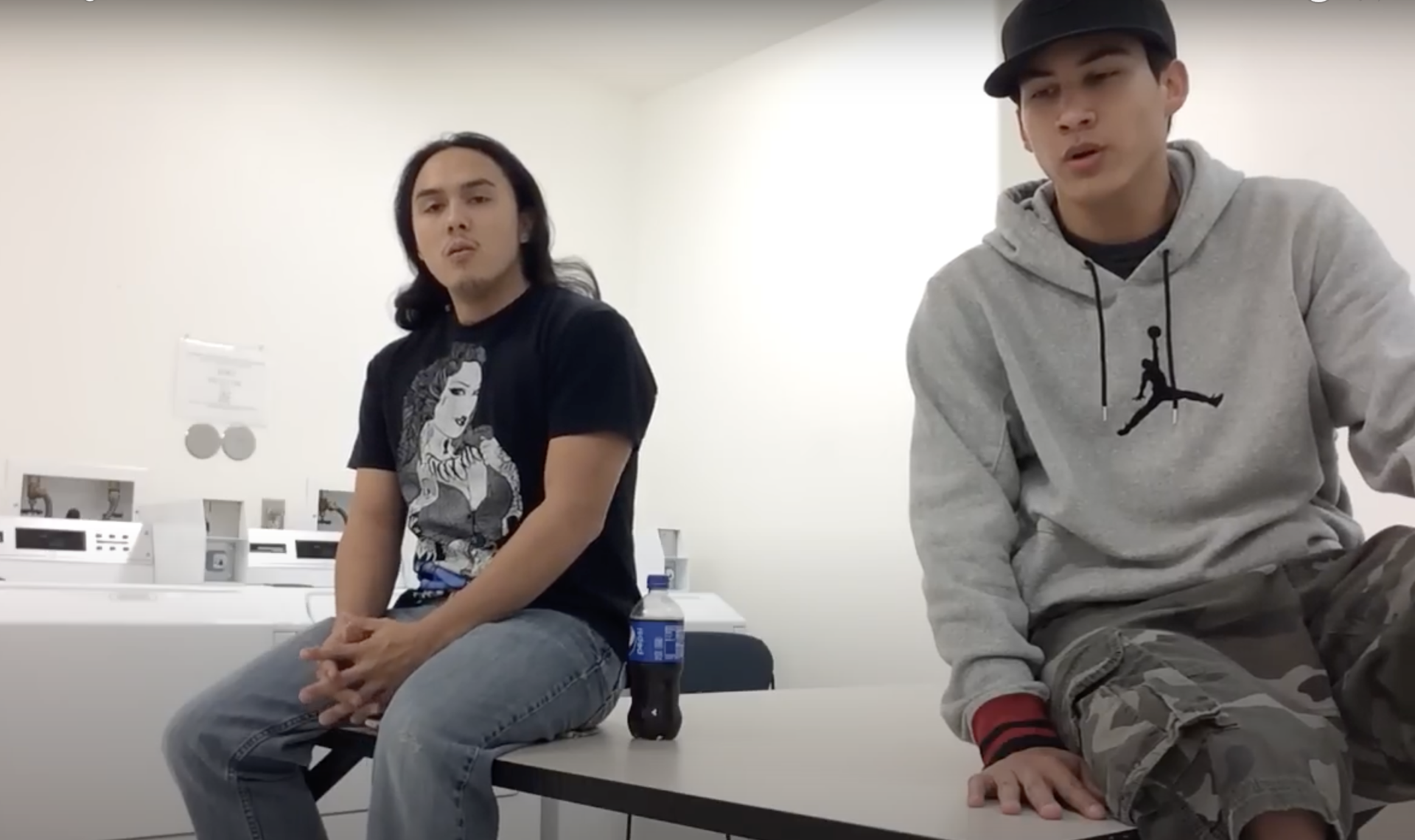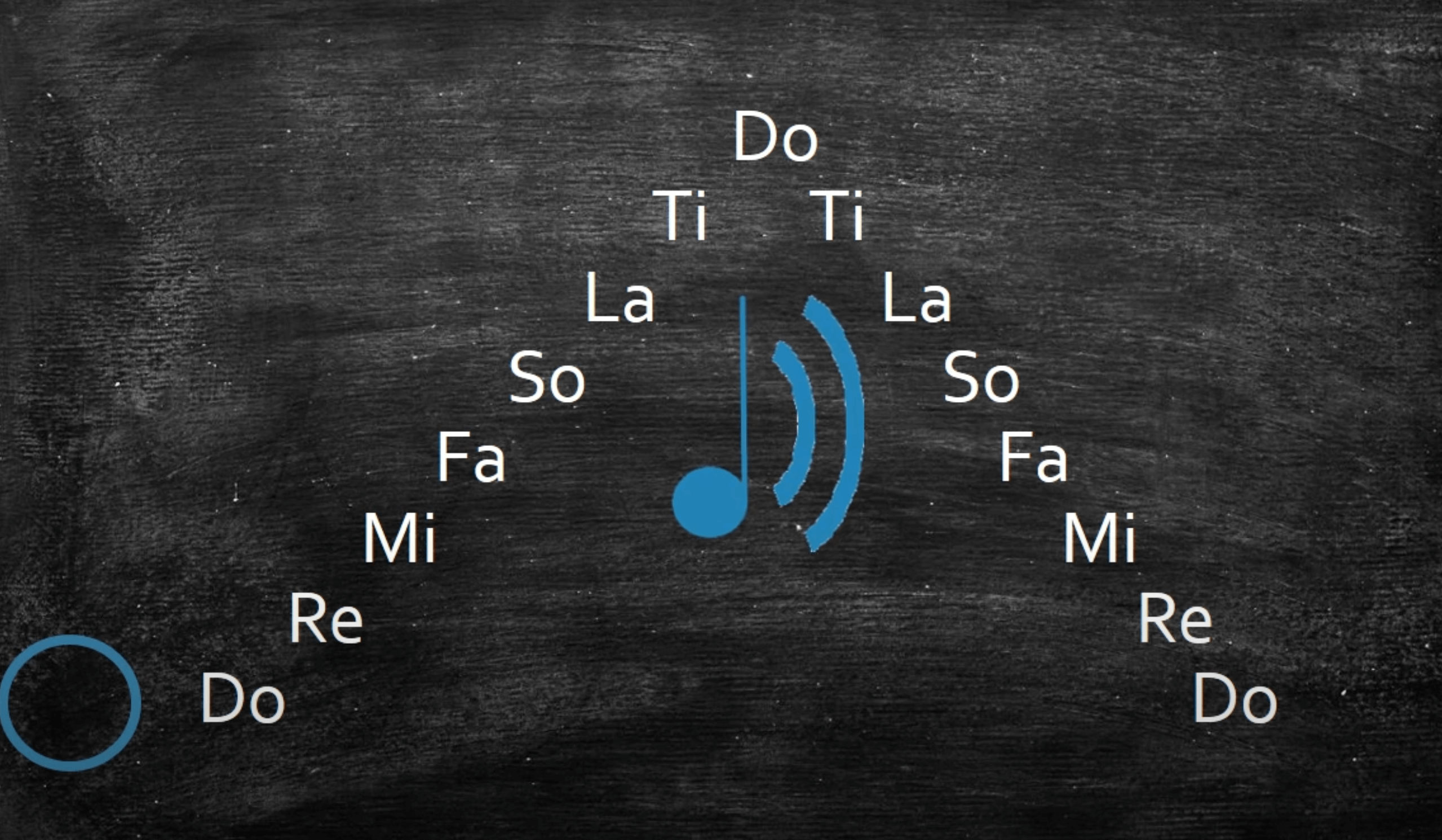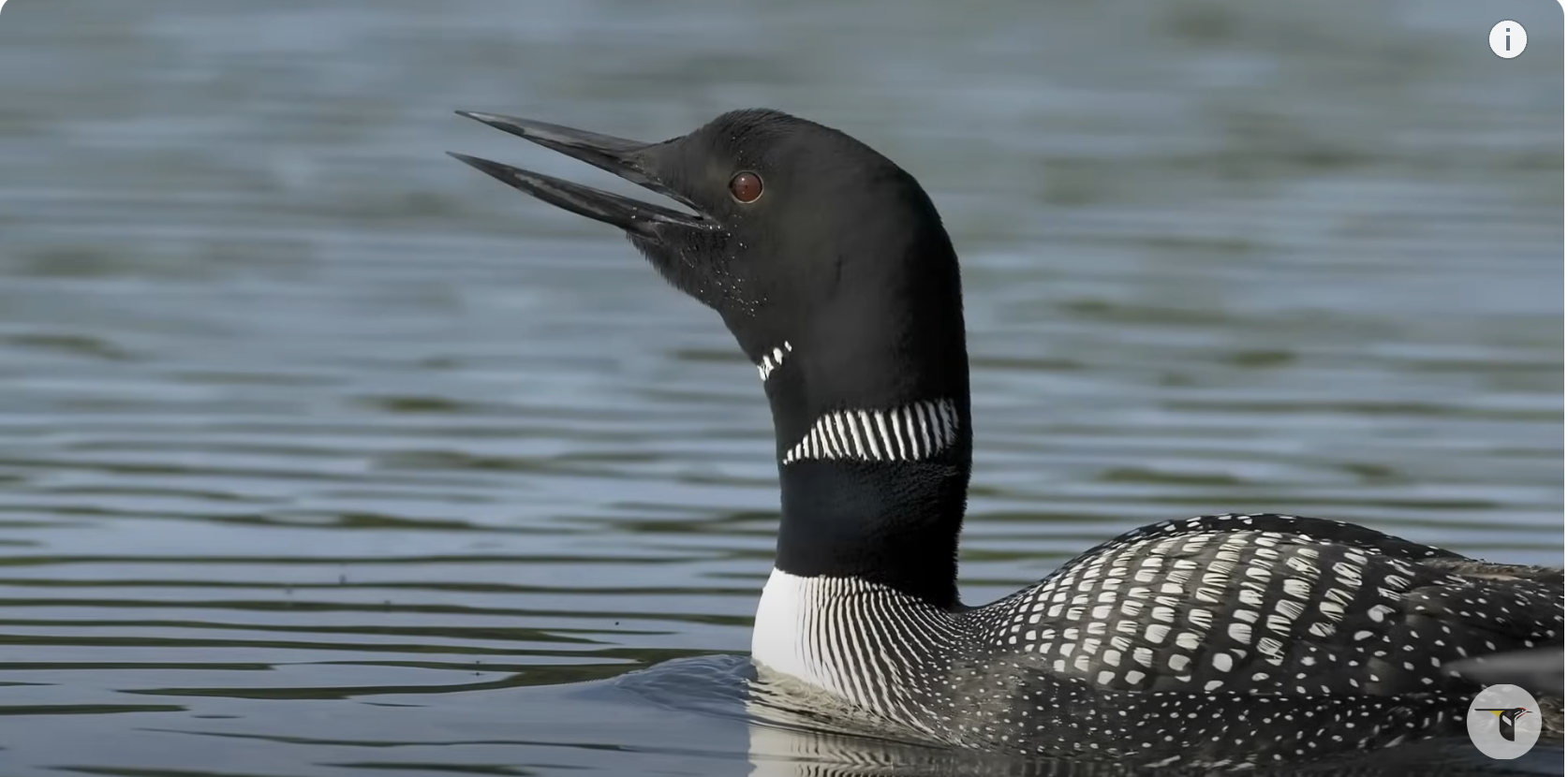In 1986, Japanese Geneticist Susumu Ohno discovered a remarkable connection between DNA and music. You’re probably familiar with the twisting ladder image of DNA. The rungs of the ladder consist of four molecules called nucleotides, represented by the letters ACTG.
The order of nucleotide “bases” is all important to our genetic make-up. When we sequence a stretch of DNA, we read that code. However, Ohno took this a step further. He converted the four bases (ACTG) into specific notes (DGCA) and uncovered a musical score! DNA suddenly transformed into melody.
Check out this example of Ohno’s music based on an immunoglobulin gene (seriously, folks):
Ohno’s discovery prompted questions about the musicality of our genetic blueprint and the impact music might have on our genetic code. We’ve all become familiar with sound therapy to promoting healing. So why not consider an interplay of science and artistry through an interrelationship of DNA and music?
What I find most fascinating in this exploration is that human awareness is actually morphing, accepting a world where life is more fluid. Certainties like DNA as a locked-in sequence of life design, solid and inflexible, has changed. Now we witness how life sings.
And how can we apply this awareness to daily challenges? Perhaps we open to the belief that even our most rigid obstacles have “give” in them, or room to modulate, to use a musical term.
Maybe that brick wall, the insolvable problem we believe we experience, is simply a set of frequencies that’s translatable into uplifting music. When we find our mind obsessing over a problem (like repeatedly pounding out a single note), we can invite a wholistic resolve.
Like the feeling we get at the end of a glorious symphony, let’s land in harmonic balance, a sweet completion.
That is living as music.
********************************************
If a friend has shared this blog with you, you can subscribe below. Visit the L.A.M. page to read other connections of sound and music to living your highest life.
Subscribe here for Living As Music
Find Your Rhythm. Harmonize with your heart.
